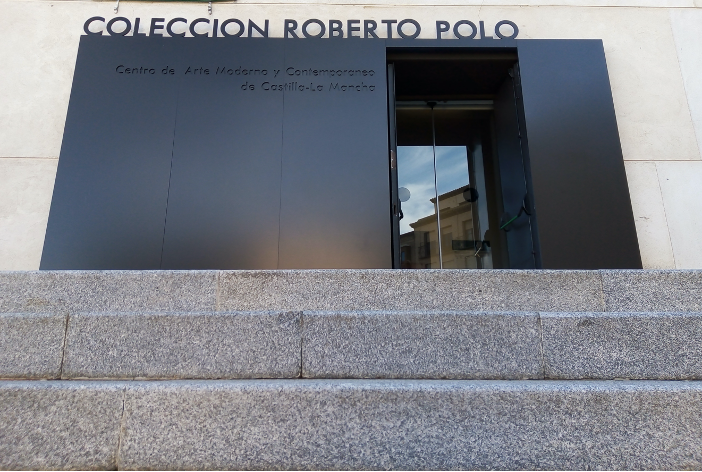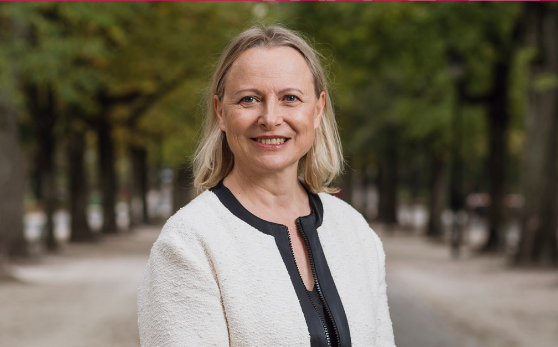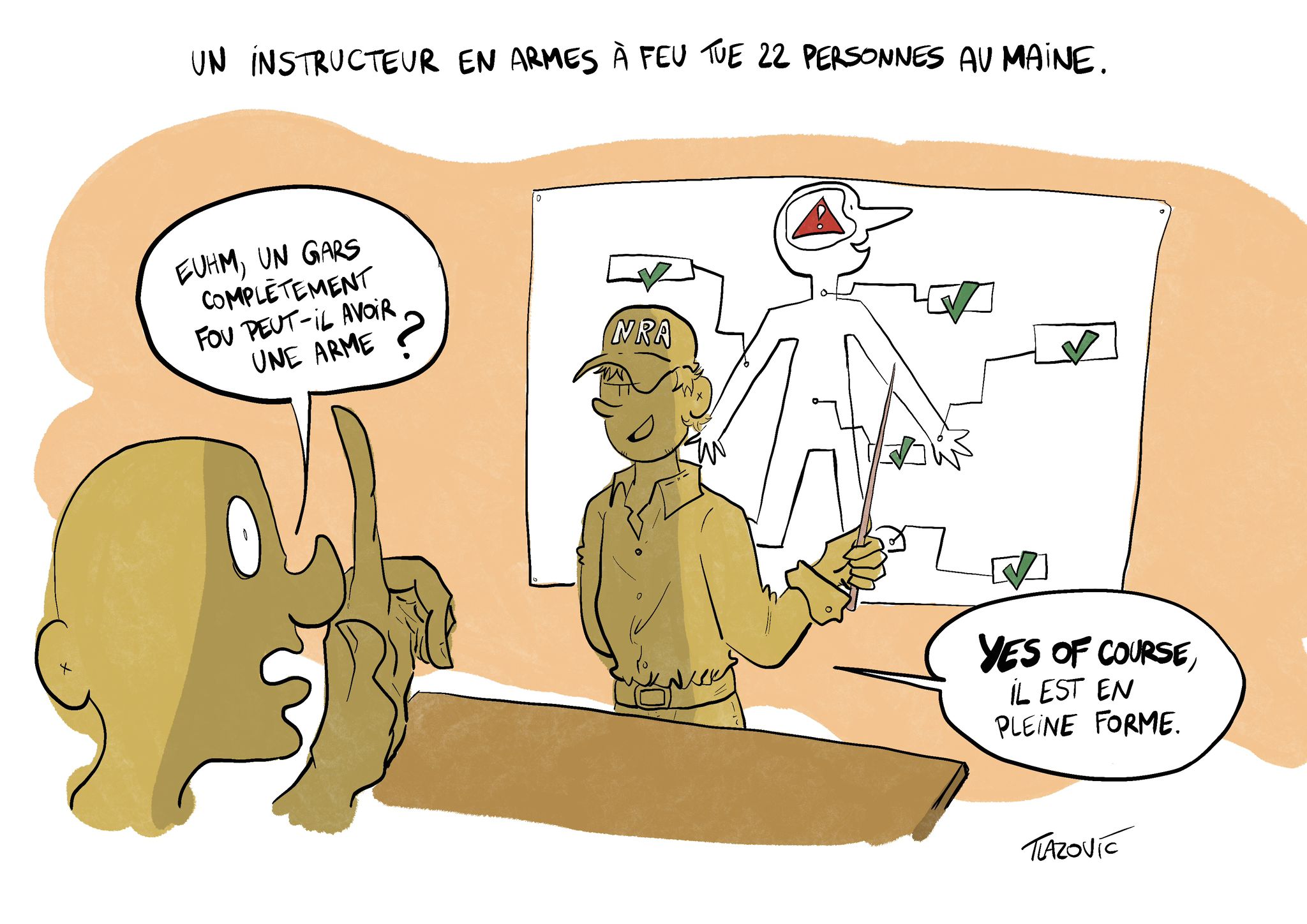In a moment that I could only consider as one of full cultural immersion, I was sitting and having a couple of drinks with local toledanos, a group exited the bar and waved at us. Right after they left, a woman sitting next to me exclaimed they’re nice even though they’re too leftist. I came to Toledo, Spain, to do a short internship in the city’s, and I may say one of Spain’s, most important museums, the Museum of Santa Cruz. The more than 400-year-old hospital, commissioned by Cardinal Mendoza at the end of the fifteenth century, houses more than twenty thousand objects in its collection and some of the most important pieces from the Spanish Golden Age, but today, it is neglected by the local government. The comment made by the women sitting next to me referring to the group’s political affiliation triggered the burgeoning thoughts that I had had since arriving in Spain. Everything in this country is political.
The museum of Santa Cruz is administered by the Council of Communities of Castilla la Mancha, meaning that all financial support can only come from local government. The state of abandonment the museum is in today is the result of the funding cuts it went through during 2012’s Spanish financial crisis where it lost more than 50 percent of its funding. A sum that continued to decrease the following years, and 2020’s temporary closure brought on by the Covid-19 crisis further aggravated the situation. Santa Cruz exhibits primarily archeological objects as mosaics dating from the Roman era to art from the Spanish Golden Age, the period which covers the reign of Charles V up until the death of Philip IV. Most of its objects derived from the Spanish confiscation, the archeological collection bequeathed by Cardinal Lorenzana to the city and the collections amassed by the Monuments commission of Toledo. A commission in charge of safekeeping and documenting the region’s patrimony from 1844 to 1931. From the late 1950’s to early 2000 the museum was not only in its prime but also functioned as a cultural center. Monumental exhibitions such as emperor Charles V 500th anniversary in 1958, and the CAROLUS exhibition in 2000, where lavishly inaugurated with important political figures as the city’s archbishop and Queen Sofia of Spain. Even its director played a central role in the city’s cultural management, or at least this seemed to be the case until the early 2000’s, when the then director Rafael García Serrano could still advocate for the addition of new sites to the list of the city’s cultural patrimony while addressing issues pertaining to museums dependent of Santa Cruz1. Nowadays, the Viceconsejería de Cultura y Deportes (Vice-council of Culture and Sports) of the Community’s council is in charge of the restoration and conservation of Santa Cruz.
The museum’s
galleries which used to be spread out over an entire complex of two buildings
have now been reduced to one and a half floors, thus minimizing its exhibition
capacity to a mere 15%. While the Museum of Santa Cruz is struggling to offer
visitors an enriched experience, other museums are thriving in a post Covid-19
era. This is the case of the Polo Collection which sits right next to Santa
Cruz in what was then, the convent of Santa Fe, a space once part of Santa Cruz
Museum. This contemporary collection enjoys a full display in a recently
renovated modern interior, guarded by a uniformed surveillance team.

The first of two new contemporary spaces destined for la Mancha region were inaugurated in early March 2019 in Toledo. The art dealer, Roberto Polo lent 445 pieces to the Community’s Council with the condition that they will be well taken care of. The contract will be renewable in 15 years with the option of donating these pieces to the region forever. Indeed, Polo wishes to provide El Greco’s adoptive city with a contemporary collection of audacious artists of the first half of the 20th century in Flanders and in Central, Eastern and Northern Europe. Theso-called ‘peripheral avant-gardes’ could circulate in the region, thanks to individual exhibitions within the network of museums operating in Castilla la Mancha. The once art dealer superstar, incarcerated three years in Italy for misappropriation in the late eighties, has now found refuge in Toledo. One of the main arguments for housing his collection in the province is its worth, estimated between 380-400 million euros, although estimates vary depending on the news outlet. Even so, three major pieces by El Greco displayed in Santa Cruz’s gallery can amount to this number or even surpass it. The value of Polo’s contemporary collection cannot explain its better treatment, however, the ideal for which it stands for can. Certainly, art historians have more than once been confronted with the idea of appertaining to a study maintained by elitists. In the case of contemporary art, elitists that would most likely align themselves with left wing ideals. Given the current state of politics in the country I began to wonder if left wing ideals were to blame for the lack of importance collections in Santa Cruz were experiencing today?
Contemporary art is an art in constant movement, an art aimed for the art market. The possibility of attributing any sense of cultural pride, or any sentiment of appertaining to a group is non-existent. With contemporary art, culturally speaking, it is as if we were starting from scratch. This same mentality, one of cultural absence, cannot be applied to an art reminiscent of an age when the Habsburg empire happened to be at its largest territorial expansion. Perhaps, this can explain why Santa Cruz’s first floor is, to this day, reserved for exclusive exhibitions organized by the Community’s council while the ground floor can be used by the city’s main news station to conduct interviews in amongst its most precious masterpieces. Truthfully, we are not uncomfortable attributing a value to Polo’s pieces, while attributing a sum to Santa Cruz’s collection would be considered treason. How can we value El Greco’s Disrobing of Christ, or a flag from the battle of Lepanto? In fact, we do not, but the more than a hundred thousand visitors the museum of Santa Cruz receives annually can. In a city where one of the main economic revenues rests in the income generated by tourism, exploiting that for which the city is known for seems like a more intelligent investment.
A short stay in the city was enough for me to be aware of this current phenomenon: the politization of art. In fact, scholars are taking a stand against this sort of dominance placed over what should be more culturally important in the Peninsula. They denounced the alleged control of the media by the “left”, to the point of monopolizing it. They call it culture wars, as coined by James Davidson Hunter in his book under the same title. For Hunter, Culture “provides the moral foundation of a political order” and in Spain, just like in the US the left is seen as the party of ideas, responsible for most cinematography, of university programs, etc. It is estimated that 80% of the media is left-wing oriented in Spain which has dimmed the possibility of a middle ground in politics. Ricardo Dudda sees this phenomenon originating in the culture of political correctness. For the journalist, the left has adapted a politically correct rhetoric that shouldn’t be questioned, stopping in the process any possible debate. A brief mention of the subject is automatically condemned, creating in the process only two categories “acceptable” or “unacceptable” in other words “left” and “right”.
Unfortunately, the Spanish Golden Age served as a catalyst to reinforce patriotism by conservatives, and the rejection of past politics has turned determinant, making most decisions today into an effort to erase what was once a conservative majority led country. With movements originated in the US being integrated in Spain such as, cancel culture, woke culture and the me-too movement, this never-ending battle between what is “left” and what is “right” has turned the statement “you’re either with us or against us” into a comeback for must things, even if this leads to financial difficulties. If Spain cannot help but politicize everything, then what if the solution is to politicize things to their advantage? In fact, this is what museums have resorted to in the US, a subject of ongoing debate. Museums began to incorporate what is currently trending by organizing exhibitions around it. For example, the me-too movement has made historians revive the study of Artemisia Gentileschi while the Covid-19 pandemic has pushed for studies on art during a pandemic. Museums are reinterpreting classic art in order to follow current trends, as to always have them present, preventing their disappearance.
The Museum of Santa Cruz has unfortunately lost its importance, losing its funding day by day. However, exploiting its potential, not just historically, as this is what apparently has caused its downfall, but marketwise, will be the only way to rescue Santa Cruz’s collection. The disparity in the number of visitors for both Polo and Santa Cruz already speaks volumes when determining which one is more essential, and the latter will forever be the point of reference for most tourists visiting La Mancha’s capitol.





Laisser un commentaire
Vous devez vous connecter pour publier un commentaire.